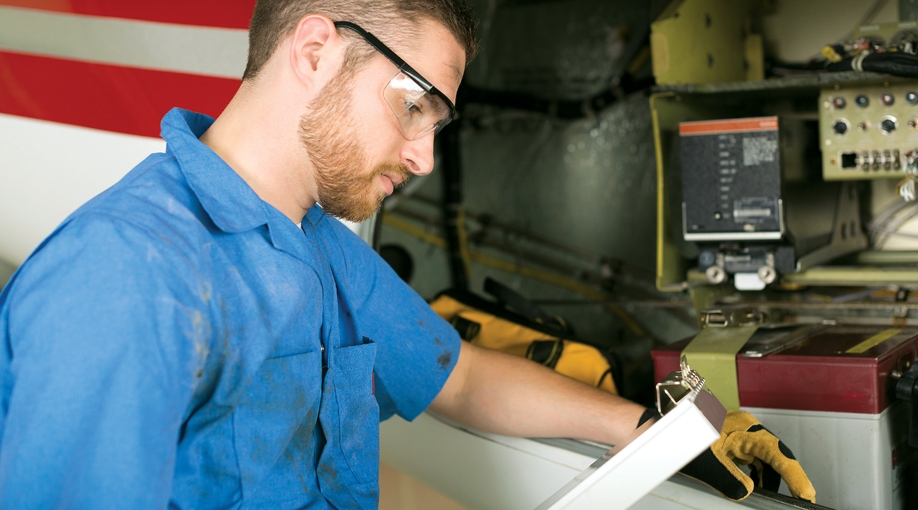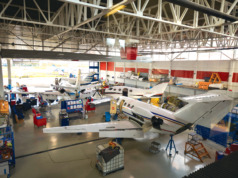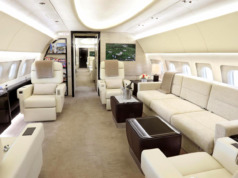
So much of what drives the cost of operating your aircraft is outside of your control.
Personnel costs continue to rise, commensurate with health care premiums and a shortage of qualified pilots. The price of jet fuel has decreased moderately this year as the cost of oil plummeted, but that can change at any time.
And the first phase of the FAA’s NextGen program requires that your aircraft be equipped by 2020 with Automatic Dependent Surveillance-Broadcast (ADS-B), an investment in costly, complex avionics upgrades.
What you can control, at least to some extent, are maintenance costs. The three primary maintenance costs are:
- Scheduled maintenance inspections – Some parts of the airplane, such as its structural components, are required to be inspected on a calendar basis. Others, such as engine components and landing gear, are on a cyclical (how many cycles on/off or up/down) or hourly use basis.
- Repair of any problems found during scheduled inspections.
- Unscheduled maintenance – During your travel, things both small and large will break, whether the trim on a cup holder, or your landing gear that’s hit a pothole on the runway.
These costs can fluctuate wildly, depending on the age of your aircraft and the number of hours you fly annually. The responsibility of managing these costs lies with your flight department.
Your flight department will create a strategic plan driven by your expectations, mission, travel profile, and aircraft ownership exit strategy – that is, how long you expect to own the aircraft and whether or not you plan to replace it. The best plans are flexible and provide guidance for all maintenance activities.
Operational safety always must be paramount when developing your strategic maintenance plan. Your pilots cannot “push the envelope” when flying the aircraft. Neither should your technicians, by putting off required inspections or foregoing recommended equipment updates and product improvements.
The costs associated with executing this plan become your annual maintenance budget. As you review this budget, all costs should be agreed upon jointly by you and your flight department.
The budget is a critical tool in evaluating and managing your costs. Implementing a detailed line item maintenance budget enables your flight department to make effective decisions based both on more than 50 years of business jet and turboprop aircraft maintenance and operating data available from industry trade associations and consultants, as well as on their own past experience with your aircraft. Your flight department also should:
- Stay abreast of the Original Equipment Manufacture’s (OEM) inspection programs, and incorporate the latest updates.
- Monitor current OEM product improvements. Many are free of charge if performed within specified time periods.
- Use a computerized maintenance-tracking program to monitor those costs, such as CAMP, AvTrak, or Flightdocs.
- Be sure that any flight scheduling and operations software includes a maintenance-tracking function, or can interface with maintenance programs. Some that do are: AircraftLogs, BART, CTA FOS, and Professional Flight Management.
- Consider using an Hourly Cost Maintenance Program (See “Hourly Cost Maintenance Programs,” BAA September/October 2014) to turn fluctuating maintenance operating costs into fixed, known expenses by eliminating the surprises. You pay a flat amount per flight hour to the program provider, who then pays for maintenance as required.
- Cultivate a safety culture that also encompasses your contracted service providers.
- Review all available options for new product improvements that come on the market, whether Wi-Fi, cabin comfort enhancements, or avionic upgrades, and be able to make the best choice for your aircraft.
Taking these steps will help your flight department efficiently manage and control your costs while continuing to ensure your safety. BAA
David Dalpiaz, VP Operations, Jet Aviation Flight Services, holds an FAA Airframe & Powerplant Inspector Authorization and a private pilot license. He served in the U.S. Army with the 5th Battalion, 101st Special Forces aviation regiment.




